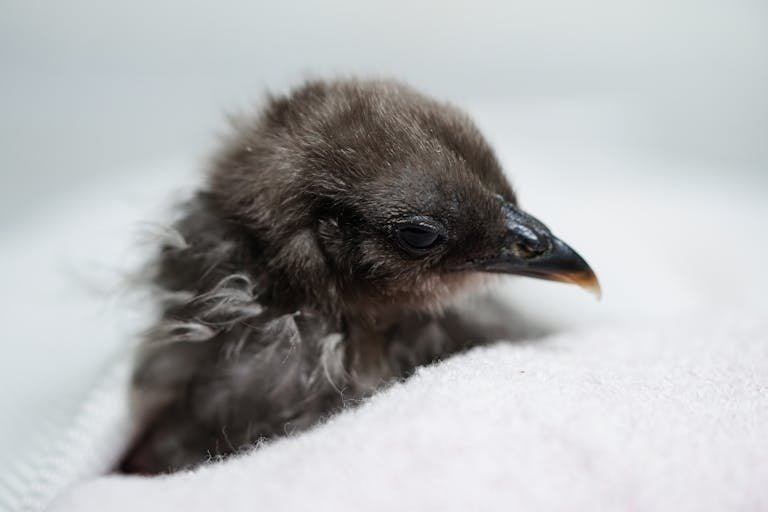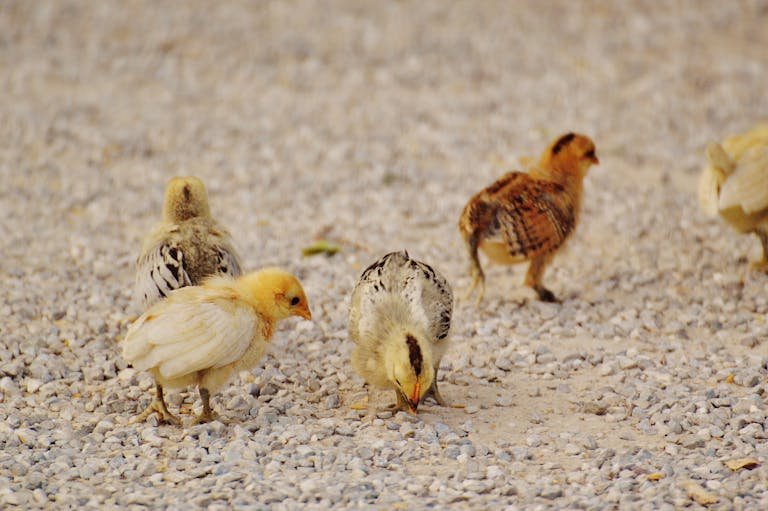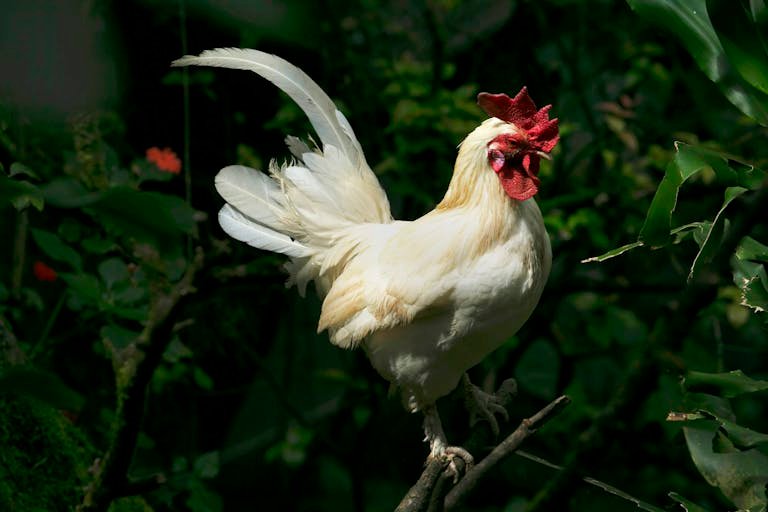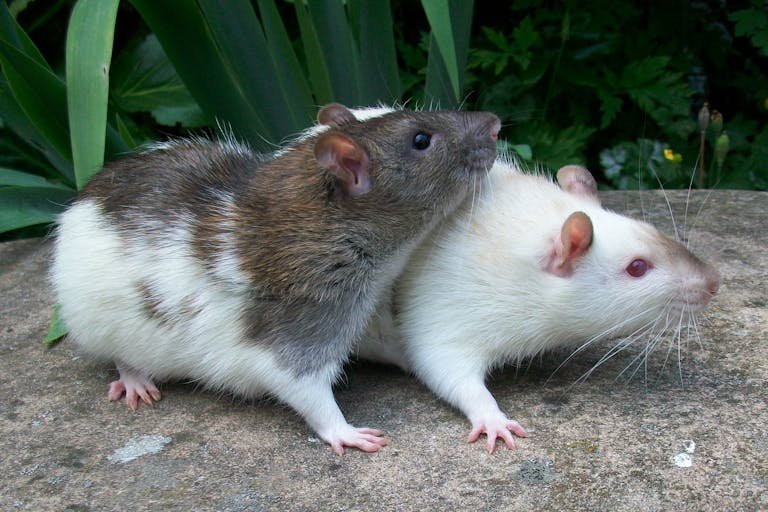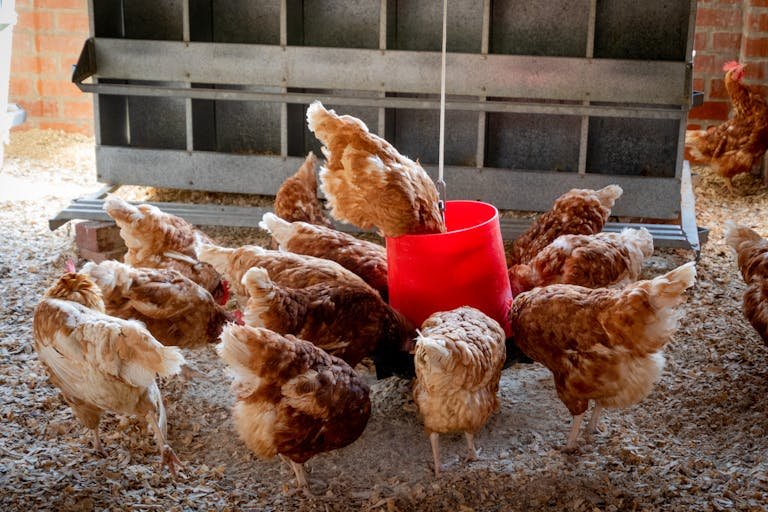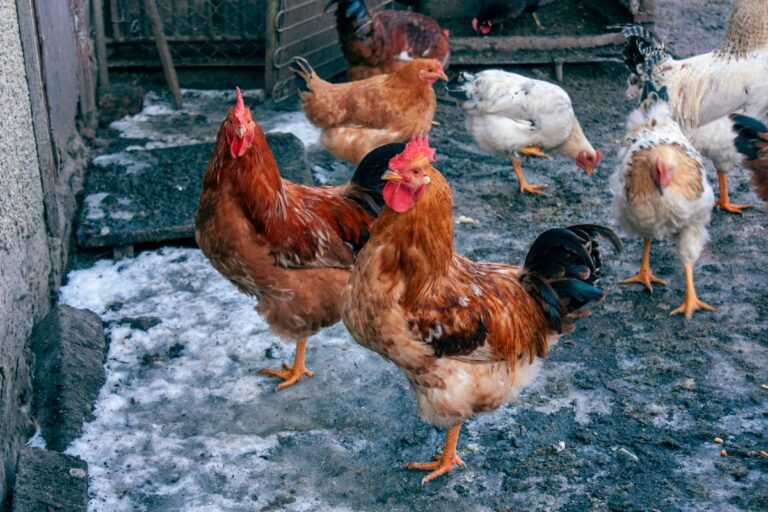Silky Sweethearts or Secret Smackers?
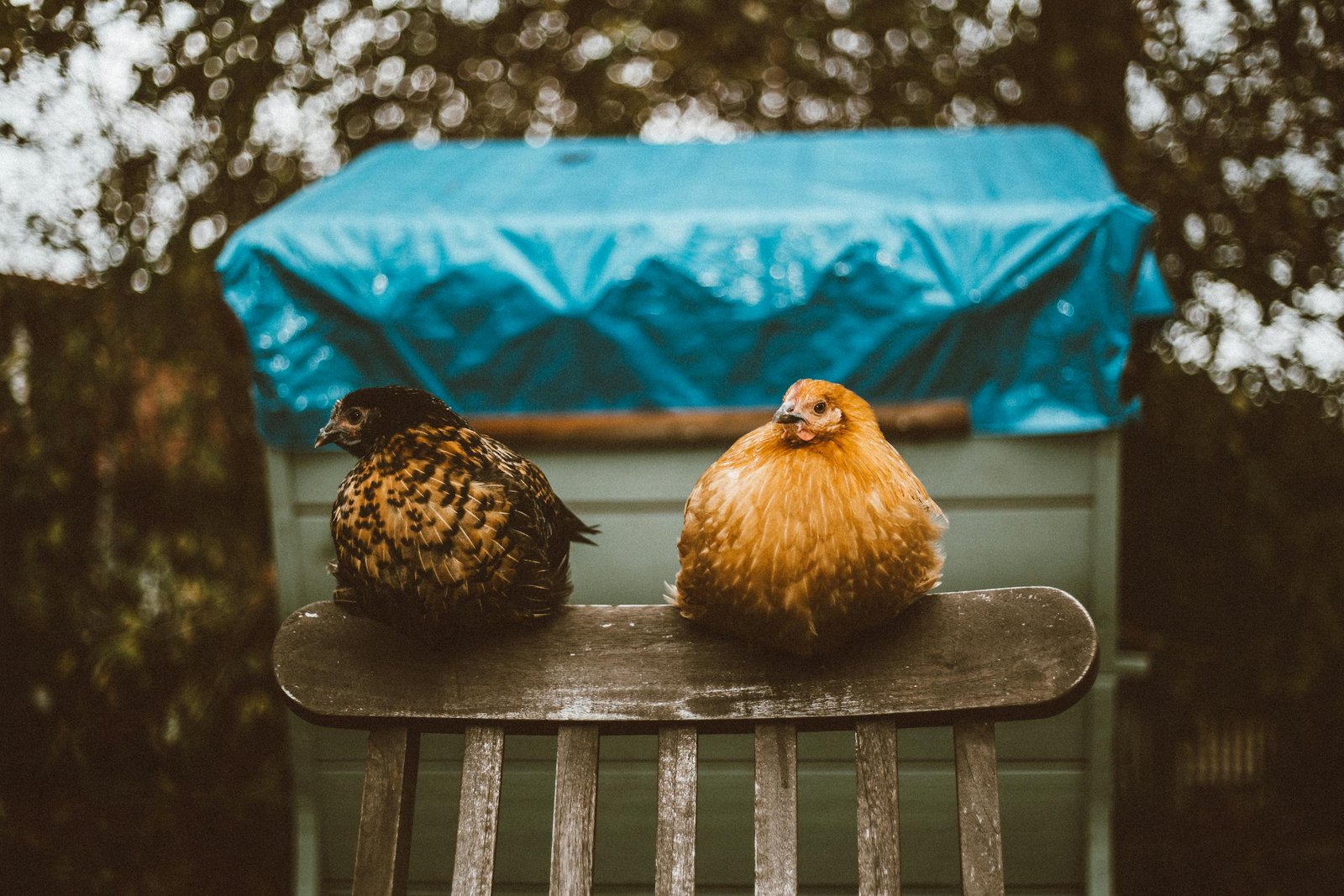
Silkie roosters are one of the popular chicken breeds due to their soft, fluffy, and silky feathers, gentle disposition, and friendly temper. Silkies stand out from most other rooster breeds due to their cuteness; they find their way into a regular chicken. The usual question that comes to the minds of chicken farmers is whether Silkie roosters are aggressive. This question is very important to any person who may wish to own one and bring it home to join the rest of their flock. In this blog, we’ll discuss the temperament of Silkie roosters, compare them to other breeds, explore potential exceptions, and offer tips on handling them to ensure a peaceful and happy flock.
Are Silkie Roosters Aggressive?
In general, it is believed that Silkie roosters are not as aggressive as roosters of many of the other breeds. They are usually friendly and lowly inclined which makes them suitable for people who want to keep chickens as pet animals.
Calm and Gentle Nature
Silkie roosters are naturally calm and gentle. They are less likely to show aggressive behavior that is peculiar to Roosters e. g. Pecking, chasing, or asserting dominance over others. This makes them easier to handle and more enjoyable to interact with than the physically strong but psychologically feeble.
Interaction with Humans
A main cause of preference for keeping Silkie roosters as compared to other birds is the friendly disposition towards humans. They are often more easily managed since they do not indulge in defensive postures when people wish to hold them or stroke them as some breeds do.
Raising a Well-Behaved Silkie Rooster
Tips for Handling Silkie Roosters
Silkie roosters can become aggressive when handled, and hence handling is an important factor, A few tips are here:
- Start Young: Socialize the chicks often for them to be comfortable being handled by humans.
- Be Gentle: It is always wise to handle your rooster gently and never get angry or aggressive.
- Consistency: Positive and frequent contact promotes confidence and eliminates the chances of phase or assault.
Creating a Peaceful Environment
It is crucial to provide a calm environment for your flock because it affects its general health. This can be done by correctly calculating the space requirements, as well as feeding and watering the roosters to reduce stress and competition.
Signs of Aggression in Silkie Roosters
Aggression in a Silkie rooster is best defined based on marked behavior patterns and specific body postures.
Physical Displays
A fighting rooster displays some aggressive actions like following, lunging, or fluffing body feathers with fanned wings. Such displays are intended to instill fear and establish some form of leadership or hierarchy. Some of the common signals include raised hackles, especially where the feathers around their neck stand up.
Vocalizations
If a rooster is agitated and aggressive it may crow constantly and it may also cackle loudly at high pitch. These vocalizations are mainly used when the dominant individual wants to let others who are invading his or her territory know to stay away.
Direct Attacks
Silkie roosters may use deep invasions such as using their beaks to peck or using their mouths to bite. The actions are usually the final stage in an escalating confrontation where other acts of aggression do not repel the assessed threat.
Characteristics of Silkie Roosters
Silky Feathers
Another uniqueness of Silkie roosters is that they have thick and fluffy plumage. Unlike most chickens, Silkie has fluffy feathers whose texture is similar to fur implying the fact that it belongs to the fowl category. This is why the cervical feathers are uniquely feathered; there are no barbicels the small hooks that can hold the feathers—but instead, the cervical feathers’ feathering resembles silk or fur.
These feathers are not just for display purposes because they serve as very efficient insulators during cold weather prevailing over Silkies. However, as can be seen from the descriptions above, these animals are not waterproof due to their fluffy fur and it is important to keep them warm during the rainy seasons.
Color Variations
Silkies come in various colors, which makes them even more attractive for the keepers and fanciers. Common colors include:
- White: The classic and most popular color, often seen in shows.
- Black: Striking and elegant, adding a touch of mystery.
- Blue: A soft, muted color that’s unique.
- Buff: A warm, golden hue.
- Red: Vibrant and eye-catching.
- Partridge: A mix of colors, typically brown with black penciling.
All the shades on their body are equally stunning, and the color-changing process influences the demand and the price of the birds especially when it comes to competitive shows.
Black Skin and Bones
What is rather unusual for Silkie roosters is the fact that this bird’s skin, bones, as well as internal organs, are black due to the fibromatosis condition. This condition results in overproduction of pigment giving the Silkies their black skin which is under the fluffy feathers.
Not only does it differentiate them in appearance; in many cultures, they have been used for food, owing to the perceived health benefits, and used as a decorative item due to the uniqueness of design.
Five Toes
Silkies are different from most chicken breeds especially in that they possess five toes on their feet instead of only four. This polydactyl is still unique since it is found in only a few other breeds of chickens, therefore making Silkies distinct.
This small extra toe is perfectly fine and has no bearing on their functionality but simply adds to the look of the animal.
Turquoise Earlobes
Most of the Silkie roosters have gorgeous turquoise earlobes that make them stand out from the dark-skinned and fluffy feathered birds. This color is rather unusual among chickens and I can tell you that it is much appreciated by the breeders and a delight in poultry exhibitions.
Walnut Comb and Wattles
However, the roosters are different from most roosters in that they do not have the vivid red combs and wattles; instead, the Silkie rooster has a small round comb, the size of a walnut, and bluish-purple wattles. The comb style also contributes to this overall appearance and, while there are individual variations, this type of comb is often less vulnerable to frostbite which is characteristic in colder climates.
Docile Temperament
Another cancer sign is the fact that Silkie roosters are friendly birds, characteristically gentle. They are more docile birds than other breeds of roosters and are known to be cautious, friendly, and not very domineering. This makes them suited to backyard keeping especially for those families who have children to look after.
Interaction with Children
Among Silkie roosters, some can live in conditions where they will regularly communicate with children. They are not as aggressive as other breeds, proving to be more suitable company for kids since they will not pose a threat to their lives. Caring and responsibility can be taught through the attitude of these lovely birds in the company of children.
Poor Layers
Silkie hens are not the best layers and are known to lay eggs sparingly in the henhouse. They lay about three small eggs per week, which is small compared to other chickens although they are expected to lay more than that. This species may not possess an extensive range of skills or abilities, but it excels in the skill of brooding.
Read Also: Fowl VS Chicken: Unraveling the Differences
Final Words
Silkies are one amusing type of rooster that is characterized by soft feathers, black feathers on their bodies, more number toes, and a friendly temperament. While they are not the most productive layers, their brooding capacity and sweet dispositions are undeniable qualities that can enhance any flock. For those engaging in poultry farming for the first time or the veterans in the field, rearing Silkie roosters promises to be fulfilling.
